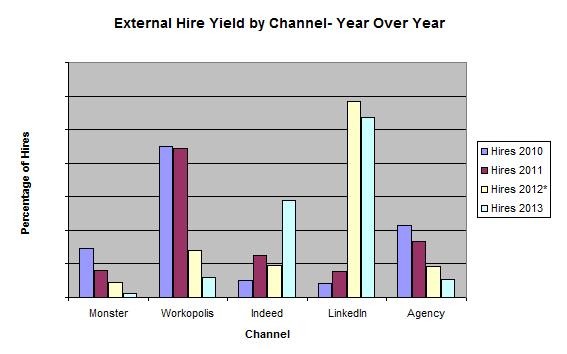Trend Or Fad When Should You Invest In New Technology
Post on: 14 Июнь, 2015 No Comment

by Michael MacDonald
I define a trend as a lasting change in the direction of a technology or market. Webster’s dictionary says, among other things, that it’s defined as “ a line of development.” A fad, on the other hand, is defined by Webster as “a practice or interest followed for a time with exaggerated zeal.”
This led me to consider a “trend or fad” example in our industry: the line array. It’s true that these improved tools have taken the market by storm. But if you make all of your purchasing decisions by listening to hype alone, you’d replace all of your gear on a yearly basis. And how can you possibly afford that?
Clearly, not all new products warrant the investment necessary to join your inventory. Before jumping on any new technology or product, you need to make sure it will deliver on its claims, and further, will deliver a positive return for your dollar.
Loudspeaker systems, consoles, amplifiers, signal processing and wireless systems are all just as prone to dramatic shifts in technology, creating pressure for rental company owners to make new equipment investments to “keep up”.
The Drive To Profit
So how does the average rental company decide which products are the right ones to add to inventory? Tough decisions, indeed. Make the right choices, and you possess the gear the clients want to rent at a price that will be profitable.
But make the wrong choices, and you end up with equipment that is difficult to rent. More energy will be required to get someone to use this gear, and at a lower price (and therefore margin).
You might even be forced to “sweeten the deal” to the point that any hint of profitability goes right out the door. Thus making the right long-term equipment investments is key—perhaps the biggest key—to solid, long-term profitability.
A vital factor in play is the alliances that are built with manufacturers as a sound company grows and matures. We all know that having the right equipment is one thing, but making sure that the company who made it is around for the long haul is equally important.
Fad products that come from fad companies can be attractive in the early stages; but if the manufacturer is not around to support it, it can become expensive and even impossible to keep the equipment in service.
Who You Gonna Call?
What to do? You need “cutting edge” gear that customers want, but also need to make sure that the investment will pay off in the long run. Here are some guidelines to consider when evaluating new products and vendors.
First, carefully gauge the demand for the product. Make a lot of calls to a lot of colleagues. Is the product listed on tour contract riders? This is critical. Also, who are the principal “name” designers, sound companies and mixers who are “endorsing” a product? These folks help drive interest in a product and, ultimately, get it on riders.
Second, meet with your accountant or financial adviser and calculate the return on investment (ROI) based on your anticipated rental rate for the product. I would further suggest deducting an additional 20 percent from the anticipated rental rate and see if it will still yield a reasonable return. This simple step is frequently bypassed with sometimes-tragic results.
Third, do research on the vendor of the equipment. In the investment community, this step is called “due diligence” and is crucial. Without a strong company behind the product, you’re setting yourself up for some nasty surprises. Don’t be shy on this step.
If the company is publicly held, ask its investor relations department for 10Q and 10K statements (quarterly and annual reports). Go over these with your accountant and make sure the company is profitable and has strong cash flow and cash reserves.
If a company is privately held, spend a couple hundred dollars and run a credit report on them. You can do this over the Internet through companies like Dunn & Bradstreet, Equifax and Experian.
While credit reports don’t provide the same wealth of information as financial statements, they can indicate critical issues that will “red flag” impending problems. Look for issues with vendor payments; while all companies will have a few disputed vendor issues, companies should not have a significant number of them.
Don’t Get Caught Up
So many rental companies get excited about price, not value, when investing in new equipment. Remember that the decision you make today will affect your business for the next five years or more. Take your time; try not to get caught up in the moment.
Often, at the end of the year or a quarter, a manufacturer will be working hard to close equipment sales. Make sure this is a correct investment for you before acting on the temptation to jump on the discount. After all, what does it say about a manufacturer who is desperate to close a deal a few days early?
In the final analysis, making big investments in equipment represents a fork in the road for any rental company. Make the right choice and you get on the right path for long-term success. Make the wrong choice and you’re storing elephants in your warehouse while hampered by cash-flow issues.
Take your time and make sure that you buy the right products from companies that act as partners you can trust. It’s the best way to win in the “trend versus fad” wars.
Michael MacDonald is the president of leading production company ATK Audiotek in Valencia, CA, and has been involved in the professional audio industry for more than 35 years. Beginning as a freelance mixer/engineer in the 1970s, he transitioned to working for manufacturers and has been employed by, developed products for, and consulted with major companies such as Yamaha and JBL Professional.














